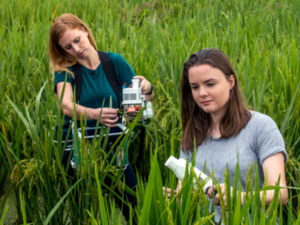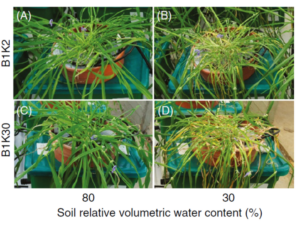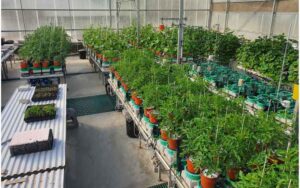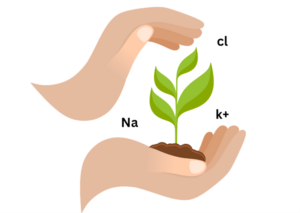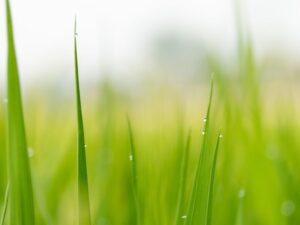As agriculture continues to evolve in the face of climate change and increasing food demands, digital phenotyping is emerging as a game-changer in crop research and field management. At Plant-Ditech, we are proud to lead this innovation through our PlantArray system, offering automated, high-resolution phenotyping solutions for modern agriculture.
In this article, we’ll answer the top questions about digital phenotyping in crops and how the PlantArray platform supports research and farming with actionable, real-time insights.
What is digital phenotyping, and how is it applied in crop research?
Digital phenotyping refers to the use of advanced sensors, imaging, and computational tools to measure plant traits (phenotypes) in real time and under real-world conditions. In crop research, this approach enables scientists to track growth patterns, water use, stress responses, and much more — all without destructive sampling.
The PlantArray system applies digital phenotyping by automating the monitoring and analysis of whole plant arrays under a controlled environment, helping researchers rapidly generate meaningful physiological data.
What are the key technologies used in digital phenotyping for crops?
Digital phenotyping incorporates a suite of technologies, including:
- Environmental and soil sensors
- Weighing lysimeters
- Infrared thermography
- Automated irrigation control
- Data analytics and cloud computing
- AI-driven image analysis
| Feature / Method | Manual | Imaging-Based | The PlantArray |
|---|---|---|---|
| Accuracy | Low–Moderate (Subjective bias) | Moderate–High | High (Quantitative physiological data) |
| Data Collection Frequency | limited as it takes time | Daily | Real-time (up to every 3 minutes) |
| Scalability | Low | Medium–High | High (modular) |
| Traits Measured | Visual traits (leaf size, color) | Morphology, biomass, color indices | Transpiration, WUE, biomass, stress |
| Setup Cost | Medium–High | High | Modular, depending on quantity. High cost vs. unit value |
| Reproducibility | Low | Medium | High |
How does digital phenotyping improve crop yield and quality?
By enabling researchers and breeders to pinpoint the most resilient, water-efficient, or high-yielding genotypes under varying conditions, digital phenotyping significantly enhances selection processes. This results in:
- Faster breeding cycles
- Optimized irrigation strategies
- Identification of stress-tolerant cultivars
The PlantArray platform plays a key role by providing real-time functional data, supporting trait discovery linked to yield and quality.
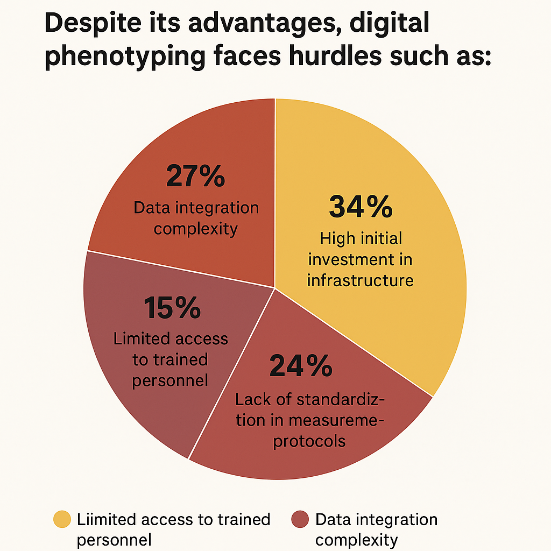
What challenges are associated with implementing digital phenotyping in agriculture?
Despite its advantages, digital phenotyping faces hurdles such as:
- High initial investment in infrastructure
- Data integration complexity
- Lack of standardization in measurement protocols
- Limited access to trained personnel
What role does artificial intelligence play in digital phenotyping of crops?
AI is revolutionizing phenotyping by:
- Enhancing image-based trait extraction
- Predicting plant behaviour under future scenarios
- Detecting anomalies or diseases automatically
- Automating large-scale data processing
At Plant-Ditech, we incorporate machine learning models to support high-throughput analytics within PlantArray, helping uncover subtle patterns that drive innovation.
High-quality phenotypic data is essential for accurate breeding and AI-based predictions✨
Read. Learn more about it here
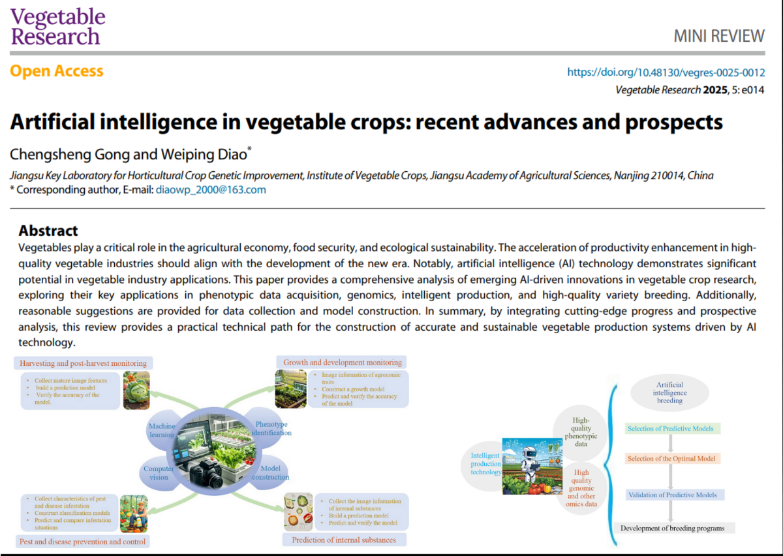
How do you choose the right digital phenotyping platform for your research?
Choosing the right platform depends on:
- Research goals (e.g., drought tolerance, nutrient uptake)
- Crop types and growth conditions
- Budget and scalability
- Integration with existing systems
- Data resolution and frequency
What data is typically collected through digital phenotyping methods?
The results indicate that physiological measurements such as biomass, transpiration, and water-use efficiency are prominent and highly prioritized in digital phenotyping. These traits are essential for evaluating plant function and stress responses in real time, making them central in many research and breeding programs, especially with platforms like PlantArray that specialize in continuous functional data.
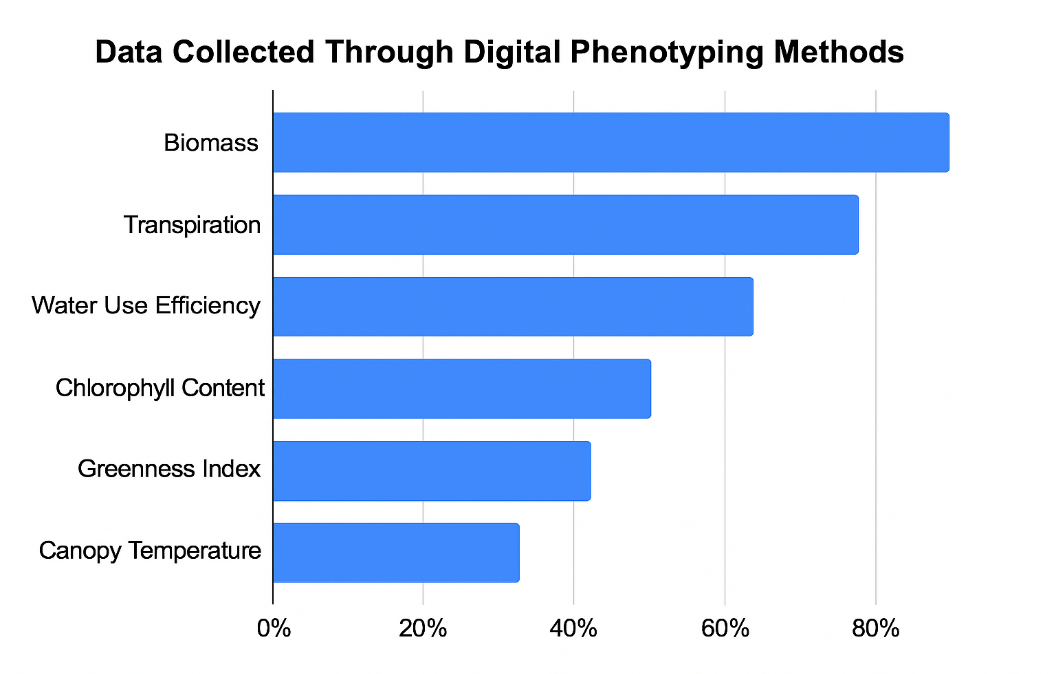
How does digital phenotyping compare to traditional phenotyping techniques?
Compared to traditional methods, digital phenotyping is:
- Faster: Continuous automated measurements
- More accurate: Reduced human error
- Non-destructive: No need to uproot plants
- High-throughput: Can monitor large populations simultaneously
PlantArray offers all these benefits, enabling faster discovery cycles and better reproducibility in research outcomes.
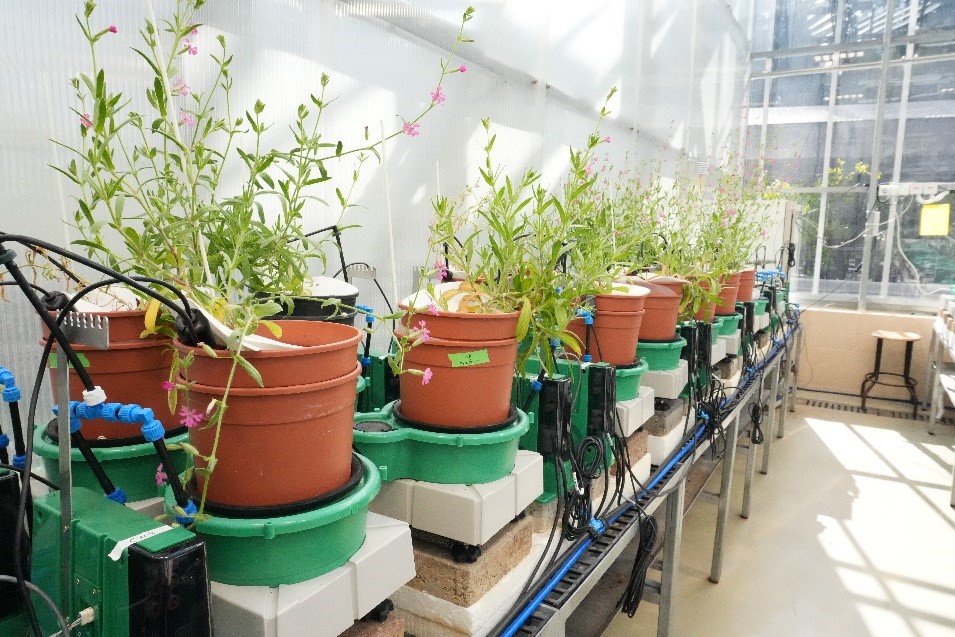
Digital phenotyping uses advanced sensors and AI to measure plant traits like biomass, transpiration, and water-use efficiency in real time. These physiological traits are critical for improving yield and stress tolerance. Plant-Ditech’s PlantArray system excels by delivering high-accuracy, automated data, making it ideal for research and breeding. Despite some challenges like cost and data complexity, digital phenotyping offers clear advantages over traditional methods in precision, speed, and scalability.

